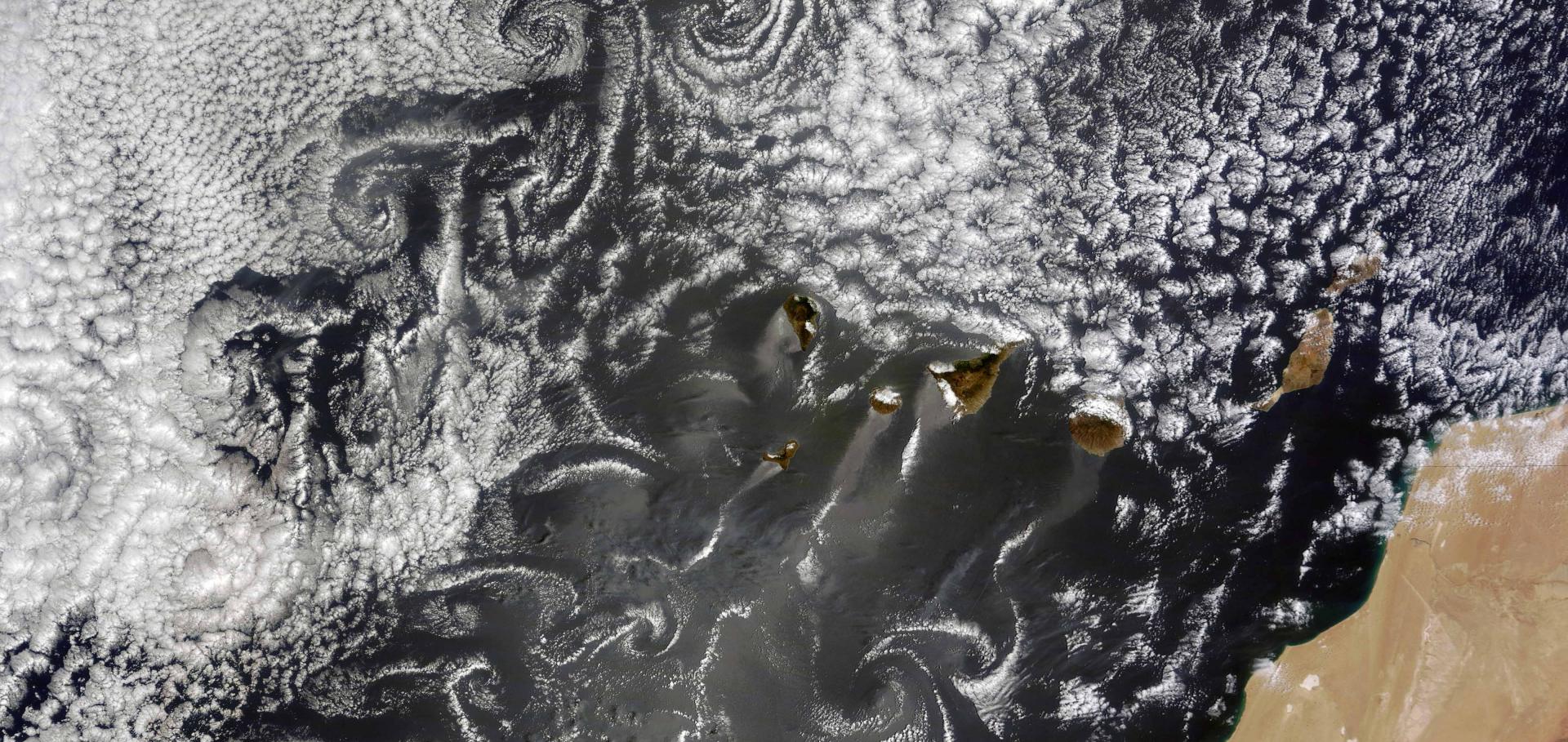A physics-informed machine learning parameterization for cloud microphysics in ICON
Abstract:
We developed a cloud microphysics parameterization for the icosahedral nonhydrostatic modeling framework (ICON) model based on physics-informed machine learning (ML). By training our ML model on high-resolution simulation data, we enhance the representation of cloud microphysics in Earth system models (ESMs) compared to traditional parameterization schemes, in particular by considering the influence of high-resolution dynamics that are not resolved in coarse ESMs. We run a global, kilometer-scale ICON simulation with a one-moment cloud microphysics scheme, the complex graupel scheme, to generate 12 days of training data. Our ML approach combines a microphysics trigger classifier and a regression model. The microphysics trigger classifier identifies the grid cells where changes due to the cloud microphysical parameterization are expected. In those, the workflow continues by calling the regression model and additionally includes physical constraints for mass positivity and water mass conservation to ensure physical consistency. The microphysics trigger classifier achieves an F1 score of 0.93 on classifying unseen grid cells. The regression model reaches an score of 0.72 averaged over all seven microphysical tendencies on simulated days used for validation only. This results in a combined offline performance of 0.78. Using explainability techniques, we explored the correlations between input and output features, finding a strong alignment with the graupel scheme and, hence, physical understanding of cloud microphysical processes. This parameterization provides the foundation to advance the representation of cloud microphysical processes in climate models with ML, leading to more accurate climate projections and improved comprehension of the Earth’s climate system.Model intercomparison of the impacts of varying cloud droplet nucleating aerosols on the lifecycle and microphysics of isolated deep convection
Abstract:
The microphysical impacts of aerosol particles on scattered isolated deep convective cells near Houston, Texas on 19 June 2013, are examined using multiple cloud-system resolving model (CRM) simulations initialized with vertical profiles of low and high concentrations of cloud droplet nucleating aerosols. These simulations formed part of the Model Intercomparison Project (MIP) conducted by the Deep Convective Working Group of the Aerosol, Cloud, Precipitation and Climate (ACPC) initiative. Each CRM generated a field of convective cells representing those observed during the case study with varying degrees of accuracy. The Tracking and Object-Based Analysis of Clouds (tobac) cell tracking algorithm was applied to each MIP CRM simulation to track relatively long-lived convective cells (20–60 minutes). Most of the CRMs produced similar aerosol loading impacts on the warm-phase of tracked cell properties with reduced autoconversion and accretion growth of rain, increased cloud water, reduced rainfall, and reduced near-surface evaporation of rain. The sign of aerosol impacts on the warm-phase properties of the convective cells was also quite consistent over cell lifetimes with the greatest magnitude of influence in the first half of the lifecycle in most CRMs. In contrast, the ice-phase response to aerosol loading was highly variable amongst CRMs and included increases or decreases in ice amounts at inconsistent stages of cell lifecycle and mid-level vs upper-level changes in ice. This inter-model variability in ice is indicative both of the complex indirect interactions between aerosols and ice-phase processes in deep convection and their associated parameterizations.


